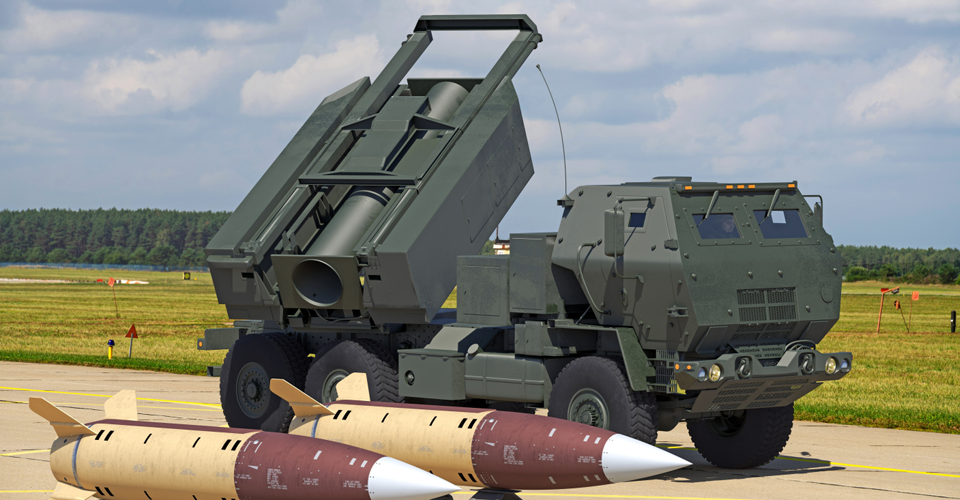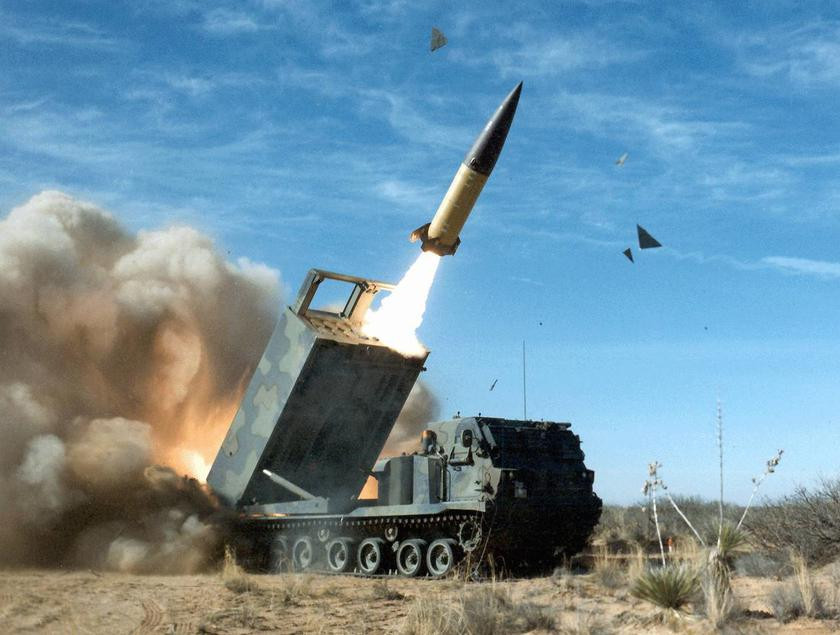
Long "arm" for HIMARS, M270: ATACMS missile, which is needed by Ukraine's Armed Forces, and new ranges with ER GMLRS, PrSM
Ukraine's Armed Forces fire HIMARS and M270 missile systems as far as 80 km, but this is not the full potential of these weapons
Western long-range missile systems in the hands of the Ukrainian military have become a powerful weapon against the Russian army - however, despite the fact that Ukraine's Armed Forces have proven themselves as effective operators of modern weapons, the United States has still not made an important decision on the transfer of ATACMS tactical missiles to Ukraine, which would allow Ukraine's Armed Forces to destroy targets at a distance of 300 km. At the same time, the US is currently creating and testing new missiles for its M142 HIMARS and M270 MLRS, which will replace GMLRS and ATACMS in the future and increase the range of these systems by hundreds of kilometers.
A missile that can be used to destroy the Russian army much more effectively
The Army Tactical Missile System or ATACMS is an American surface-to-surface tactical ballistic missile manufactured by Lockheed Martin and designed for use with the M142 HIMARS and M270 MLRS missile systems and other modifications.

The M142 HIMARS launcher can be equipped with one ATACMS missile
As of today, the US Army uses a total of five modifications of ATACMS missiles. The first one is the ATACMS Block I missile, also known as the MGM-140 or MGM-140A. It was put into service back in 1991 and is currently the "oldest" active M142 and M270 missile.
The range of ATACMS Block I is quite short compared to others — only 165 km. It has an inertial guidance system. The probable deviation from the target is as much as 225-250 m, but here it is worth noting that the cluster warhead of this missile allows the military to cover large areas: it has 950 M74 submunitions, and each of them "disperses" about 15 square meters.
The second modification is ATACMS Block IA (MGM-140B), which entered service seven years after ATACMS Block I — in 1998. The missile received a much greater range - "standard" for ATACMS 300 km, but instead had to sacrifice the warhead, which has only 275 M74 submunitions, which is as much as 675 less than in the previous version. It has a combined guidance system: inertial and GPS navigation.

The M270 MLRS can be armed with two ATACMS missiles.
The M142 HIMARS launcher can be equipped with one ATACMS missile.
The third modification is ATACMS Block IVA, known under different designations, but here it is worth mentioning Block IA Unitary, which is one of the most advanced missiles today - it has a unitary warhead with a mass of 227 km, a range of 300 km and a combined guidance system. And in 2004-2005, it was modernized — it received new software, an improved guidance system, and an "option" to hit targets with an overhead strike. First of all, this missile is used to strike enemy bunkers and fortifications.
The fourth modification, ATACMS-P, was created specifically for the US Navy and has a penetrating warhead. In fact, the ATACMS booster has been integrated with the Navy's missile, allowing the missile to more effectively destroy fortified or entrenched targets. The range of the missile is 220 km.
And finally, the fifth modification is the TACMS missile, designated as the M57A1. Work on this modification began in 2016.
The missile received new electronics, new unitary warheads, and as a result of the modernization, the service life of the missiles was extended by another 20 years, which can almost be compared with the production of a new missile. The range of the TACMS missile is from 300 km (optimal) to 450 km.
New ranges: replacing GMLRS and ATACMS
Lockheed Martin is currently working on new missiles for the M142 HIMARS and M270 MLRS. The first is a modernized ER GMLRS with a much longer range (150 km), which will replace the standard M30 and M31 missiles (70-90 km).
The missile is created in two versions - with a unitary warhead and an alternative warhead with tungsten balls. Also, compared to the previous version of the missiles, the ER GMLRS will have a slightly larger engine, tail and a modified body.
The manufacturer is already actively testing this rocket — the first successful flight took place in March 2021, and the start of serial production of the ER GMLRS is scheduled for 2023. In addition to the US, this missile already has its first foreign customer — the ER GMLRS was ordered in 2022 by Finland, which has several dozen M270s in service.
The second development is the Precision Strike Missile, or PrSM, which will replace the ATACMS in the future and become the primary missile for the M142 and M270.

The new PrSM missile will replace the ATACMS and will have a range of at least 650 km
Regarding the range of the missile, it is worth noting the following: currently the manufacturer of PrSM, the Lockheed Martin company, declares a range of 60 to 499 km, this figure was dictated by the Treaty on the Elimination of Medium- and Short-Range Missiles with the Russian Federation, which, however, was terminated in 2019.
Therefore, Lockheed Martin decided to work on increasing the range of PrSM, and in 2021 this missile was already tested for a range of more than 500 km, while open sources indicate that the developer plans to reach a range of 650 km, in some cases it is a record 1000 km.
Another feature of the PrSM missile is that, despite its long range, it will have quite compact dimensions, so two missiles can be placed in the standard launcher for HIMARS, while in the case of ATACMS, the vehicle could carry only one (the situation is similar for the M270 - four PrSM missiles against two ATACMS missiles).
What's more, due to their compact size, such missiles can be placed in large quantities on small-type ships — Lockheed Martin has already planned work on creating an anti-ship version of this long-range missile.
- News














































